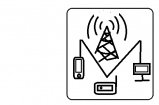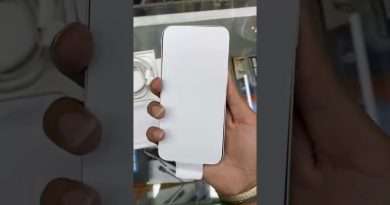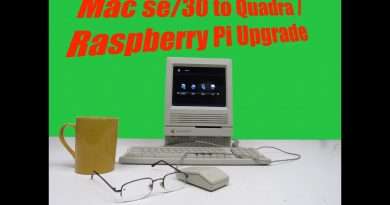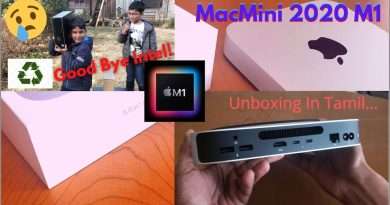Apple's Macintosh: First Commercial (1984)
In 1982, Regis McKenna was brought in to shape the marketing and launch of the Macintosh. Later the Regis McKenna team grew to include Jane Anderson, Katie Cadigan and Andy Cunningham, who eventually led the Apple account for the agency. Cunningham and Anderson were the primary authors of the Macintosh launch plan. The launch of the Macintosh pioneered many different tactics that are used today in launching technology products, including the “multiple exclusive,” event marketing (credited to John Sculley, who brought the concept over from Pepsi), creating a mystique around a product and giving an inside look into a product’s creation.
After the Lisa’s announcement, John Dvorak discussed rumors of a mysterious “MacIntosh” project at Apple in February 1983. The company announced the Macintosh 128K—manufactured at an Apple factory in Fremont, California—in October 1983, followed by an 18-page brochure included with various magazines in December. The Macintosh was introduced by a US$1.5 million Ridley Scott television commercial, “1984”. It most notably aired during the third quarter of Super Bowl XVIII on January 22, 1984, and is now considered a “watershed event” and a “masterpiece.” McKenna called the ad “more successful than the Mac itself.” “1984” used an unnamed heroine to represent the coming of the Macintosh (indicated by a Picasso-style picture of the computer on her white tank top) as a means of saving humanity from the “conformity” of IBM’s attempts to dominate the computer industry. The ad alludes to George Orwell’s novel, Nineteen Eighty-Four, which described a dystopian future ruled by a televised “Big Brother.”
Two days after “1984” aired, the Macintosh went on sale, and came bundled with two applications designed to show off its interface: MacWrite and MacPaint. It was first demonstrated by Steve Jobs in the first of his famous Mac keynote speeches, and though the Mac garnered an immediate, enthusiastic following, some labeled it a mere “toy”. Because the operating system was designed largely around the GUI, existing text-mode and command-driven applications had to be redesigned and the programming code rewritten. This was a time-consuming task that many software developers chose not to undertake, and could be regarded as a reason for an initial lack of software for the new system. In April 1984, Microsoft’s MultiPlan migrated over from MS-DOS, with Microsoft Word following in January 1985. In 1985, Lotus Software introduced Lotus Jazz for the Macintosh platform after the success of Lotus 1-2-3 for the IBM PC, although it was largely a flop. Apple introduced the Macintosh Office suite the same year with the “Lemmings” ad. Infamous for insulting its own potential customers, the ad was not successful.
Apple spent $2.5 million purchasing all 39 advertising pages in a special, post-election issue of Newsweek, and ran a “Test Drive a Macintosh” promotion, in which potential buyers with a credit card could take home a Macintosh for 24 hours and return it to a dealer afterwards. While 200,000 people participated, dealers disliked the promotion, the supply of computers was insufficient for demand, and many were returned in such a bad condition that they could no longer be sold. This marketing campaign caused CEO John Sculley to raise the price from US$1,995 to US$2,495 (about $5,200 when adjusted for inflation in 2010). The computer sold well, nonetheless, reportedly outselling the IBM PCjr which also began shipping early that year. By April 1984 the company sold 50,000 Macintoshes, and hoped for 70,000 by early May and almost 250,000 by the end of the year.
Views : 1829
macintosh




